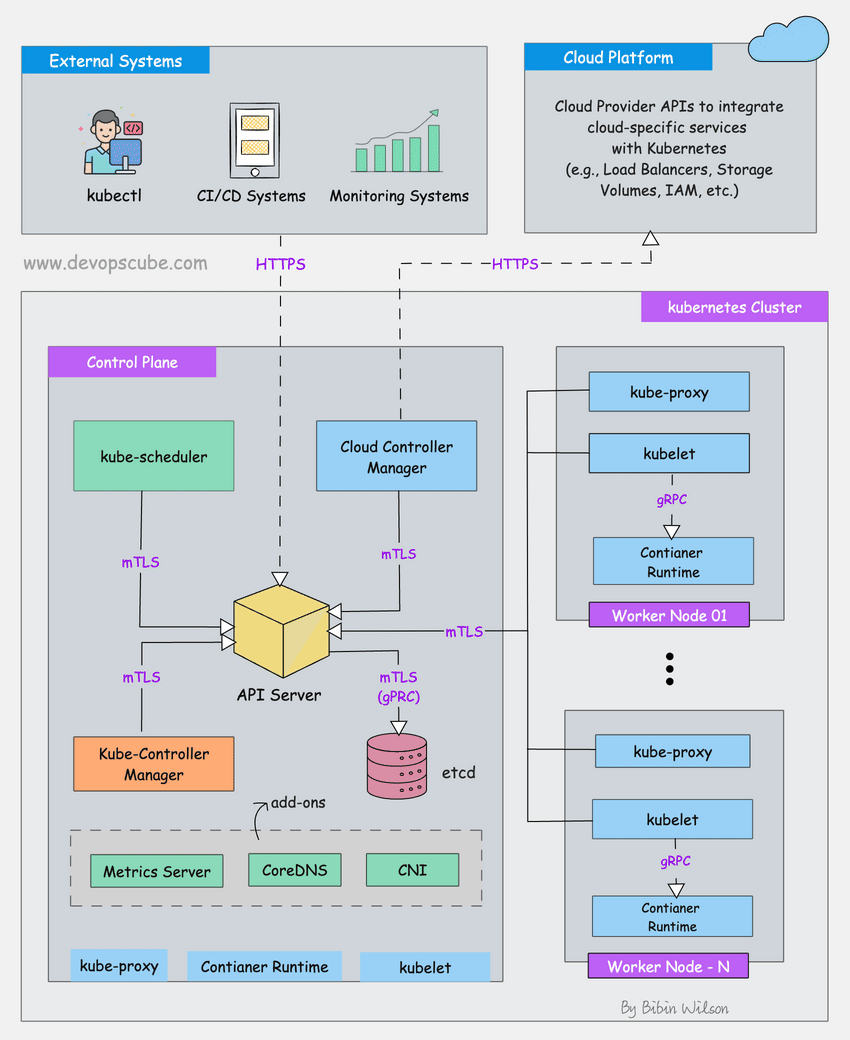So you've seen the headline pricing and thought "hey, $50K isn't that bad for enterprise security." Sweet summer child. I've been through four of these vendor evaluations, and let me tell you - the "transparent" pricing is about as clear as mud after a rainstorm.
Let me walk you through exactly how each vendor will separate you from your budget, one "required" feature at a time.

The Twistlock Trap: How Palo Alto Monetized Your Containers
Palo Alto dropped $410M on Twistlock in 2019, then immediately started milking that investment. The credit-based licensing? Pure vendor genius - you'll burn through credits faster than you can say "serverless function."
The real kicker: what used to cost $200 per workload now starts at $400, and they've convinced everyone it's "more comprehensive." Sure, if paying double for features you'll never use counts as comprehensive.
2025 Update: They're pushing the Enterprise Security Agreement (ESA) to End-of-Sale as of November 2025, forcing customers into their new pricing model. Translation: we're killing the old pricing so you have to pay whatever we demand.
Here's what they won't tell you in the demo: buying Prisma Cloud means you're married to the entire Palo Alto ecosystem. I've seen teams budget $100K for Prisma only to discover they need another $50K in Palo Alto licenses for proper SIEM integration. One Reddit user got quoted a 1000% price increase - from $10K to $500K annually for five service connections. Classic Palo Alto move.
Aqua's Three-Card Monte Pricing
Aqua's tiered approach looks reasonable until you realize you need all three tiers to actually secure anything. Dev Security without Cloud Security is like buying a car without wheels - technically a car, completely useless.
I've seen teams budget for "Advanced" ($120K annually) only to discover they need "Ultimate" ($300K+) for basic compliance reporting. That compliance checkbox? It's in the most expensive tier. Always. Professional services typically add 15-25% to first-year costs for "complex" deployments - which apparently means anything beyond "hello world" containers.
The company raised $265 million as of 2021, and they're spending it on sales engineering teams that can convince you water is wet and charge extra for the wetness verification service.
Snyk: The Honest Dealer (Relatively Speaking)
Snyk's transparent pricing stands out like a unicorn in this shitshow. They actually publish real prices on their website. Revolutionary concept, right?
Don't get too excited. That $25/month per developer becomes $697 for their 3-product bundle. Math is hard when vendors are doing it. The median cost of $34,886 for 50 developers tells the real story - you'll hit test limits faster than a Node.js developer hits npm install.
But here's the thing: their sales process doesn't make you want to jump out a window. The rep actually gives you numbers instead of playing "let me check with my manager" for three weeks. After raising $196.5M in Series G at $7.4B valuation in December 2022, they can afford to not nickel-and-dime every feature.
Reality Check: That $7.4B valuation was actually 12% lower than their previous $8.5B valuation. Even Snyk couldn't escape the 2022-2023 tech correction that made VCs suddenly care about actual revenue instead of just growth stories.
Sysdig: When Open Source Goes Enterprise
Sysdig's pricing reflects their "we used to be open source" roots. They built on Falco and Prometheus, so they can't completely fuck you over without the community noticing.
That said, their "platform bundles" are designed to get you hooked on monitoring, then upsell security. Classic drug dealer strategy - first hit's reasonably priced, then you're paying enterprise rates for everything. Host-based pricing sounds fair until you realize every microservice spawns three monitoring agents that each count as separate "hosts."
I've watched procurement teams think they're getting a deal at $500/month minimum, only to discover that scales to $100K+ once you add the monitoring features that make the security platform actually useful. It's like buying a car and discovering the engine costs extra.
Now let's get specific about what these pricing games look like when you're actually sitting in vendor meetings, trying to figure out what the hell you're actually going to pay.
